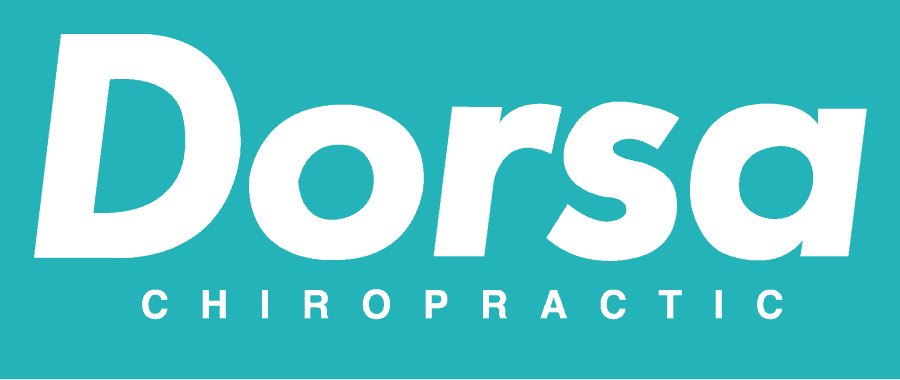Orthopedic massage, a specialized form of therapeutic bodywork, targets musculoskeletal conditions and aims to alleviate pain, improve mobility, and enhance overall physical function. Rooted in the principles of orthopedic medicine, this approach involves a detailed assessment of musculoskeletal issues, followed by the application of specific massage techniques tailored to address individual concerns. In this exploration, we delve into the techniques, benefits, and considerations that define orthopedic massage.
The Core Techniques:
- Orthopedic Assessment:
- Before the massage session begins, an orthopedic massage therapist conducts a thorough assessment of the client’s musculoskeletal condition.
- This assessment helps identify areas of dysfunction, muscular imbalances, and postural issues that inform the treatment plan.
- Soft Tissue Mobilization:
- Orthopedic massage incorporates various soft tissue mobilization techniques to address muscle tightness, adhesions, and restrictions.
- Deep tissue massage, myofascial release, and trigger point therapy are common techniques used to target specific areas of concern.
- Joint Mobilization:
- Joint mobilization techniques are applied to improve joint mobility and reduce stiffness.
- Gentle and controlled movements help address restrictions and improve the overall function of the joints.
- Stretching and Range of Motion Exercises:
- Orthopedic massage often includes assisted stretching and range of motion exercises to improve flexibility and enhance joint function.
- These exercises may be incorporated during the session and recommended for home care.
- Corrective Exercise Recommendations:
- Based on the assessment, orthopedic massage therapists may provide recommendations for corrective exercises to address muscular imbalances and support long-term recovery.
Benefits of Orthopedic Massage:
- Pain Relief:
- Orthopedic massage is highly effective in alleviating chronic pain associated with musculoskeletal conditions, injuries, or postural issues.
- Improved Mobility:
- By addressing restrictions in soft tissues and joints, orthopedic massage enhances overall mobility and range of motion.
- Muscular Balance:
- The focus on soft tissue mobilization and corrective exercises helps restore muscular balance, preventing imbalances that contribute to pain and dysfunction.
- Postural Improvement:
- Orthopedic massage aims to improve posture by addressing imbalances and restrictions that may contribute to poor alignment.
- Enhanced Recovery from Injuries:
- Whether recovering from acute injuries or chronic conditions, orthopedic massage supports the healing process and reduces the risk of re-injury.
Considerations:
- Individualized Treatment:
- Orthopedic massage is highly individualized, and each session is tailored to the specific needs of the client.
- The treatment plan may evolve based on the client’s progress and feedback.
- Communication with Healthcare Providers:
- Collaboration with other healthcare providers, such as physical therapists or orthopedic specialists, ensures a comprehensive and integrated approach to care.
- Post-Massage Self-Care:
- Clients are often provided with self-care recommendations, including exercises and stretches, to support ongoing recovery and maintenance.
Orthopedic massage stands as a precision-based approach to musculoskeletal wellness, offering a roadmap to pain relief, improved mobility, and enhanced physical function. Rooted in the principles of orthopedic medicine, this therapeutic modality exemplifies the transformative power of targeted touch in promoting optimal musculoskeletal health. As individuals seek solutions to musculoskeletal challenges, orthopedic massage emerges as a valuable ally, guiding them on a path toward precision healing and sustained well-being.

